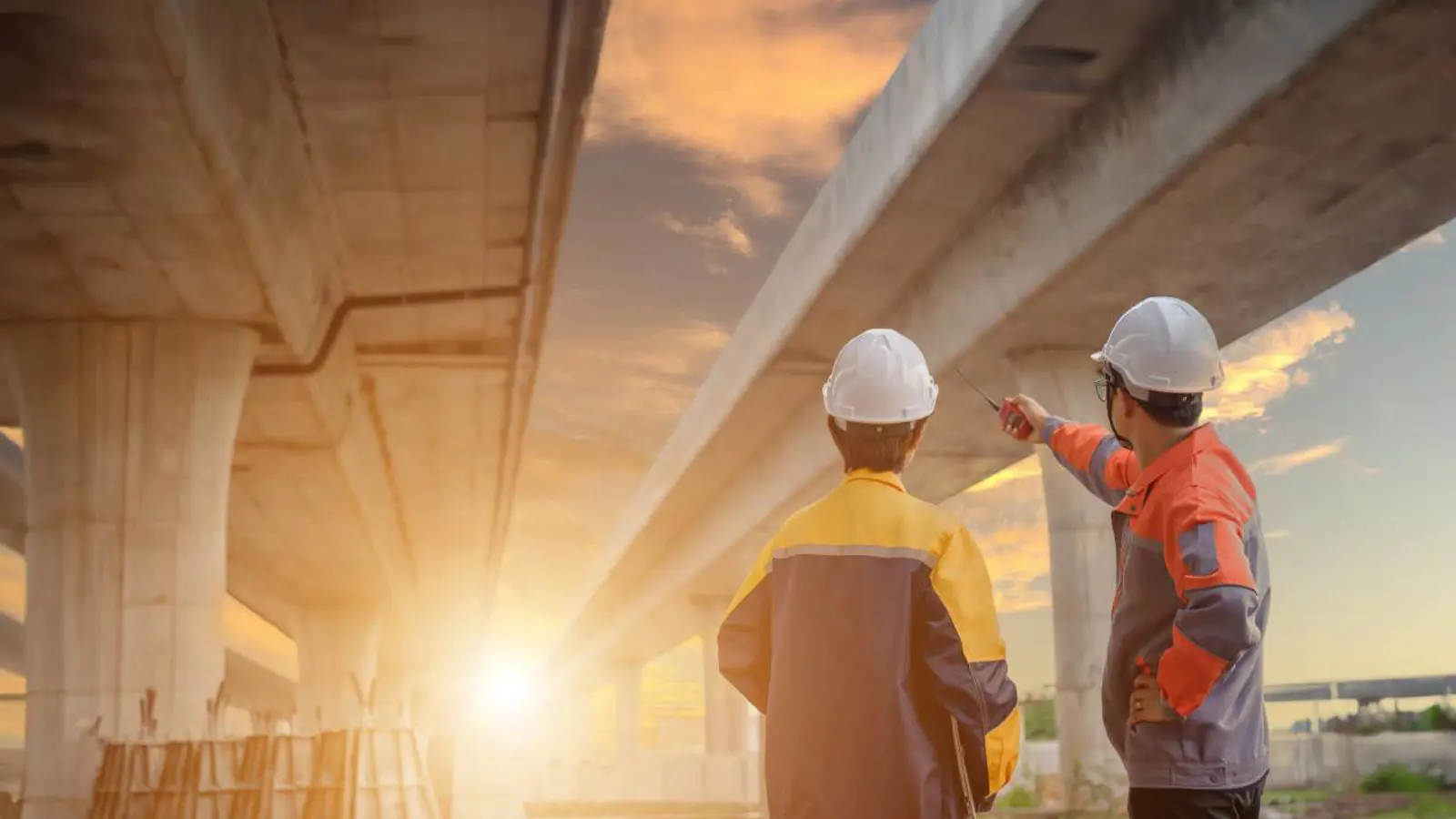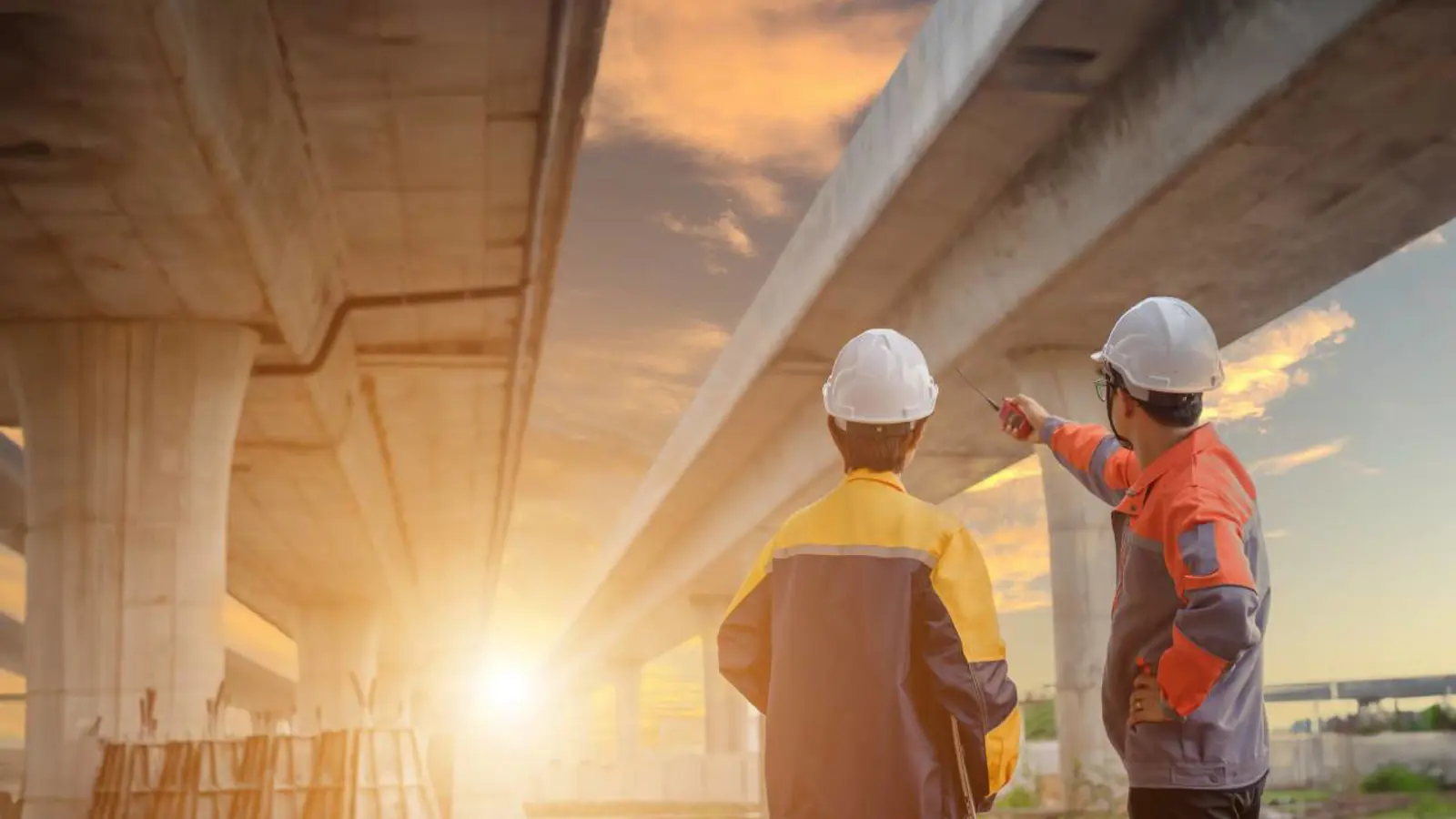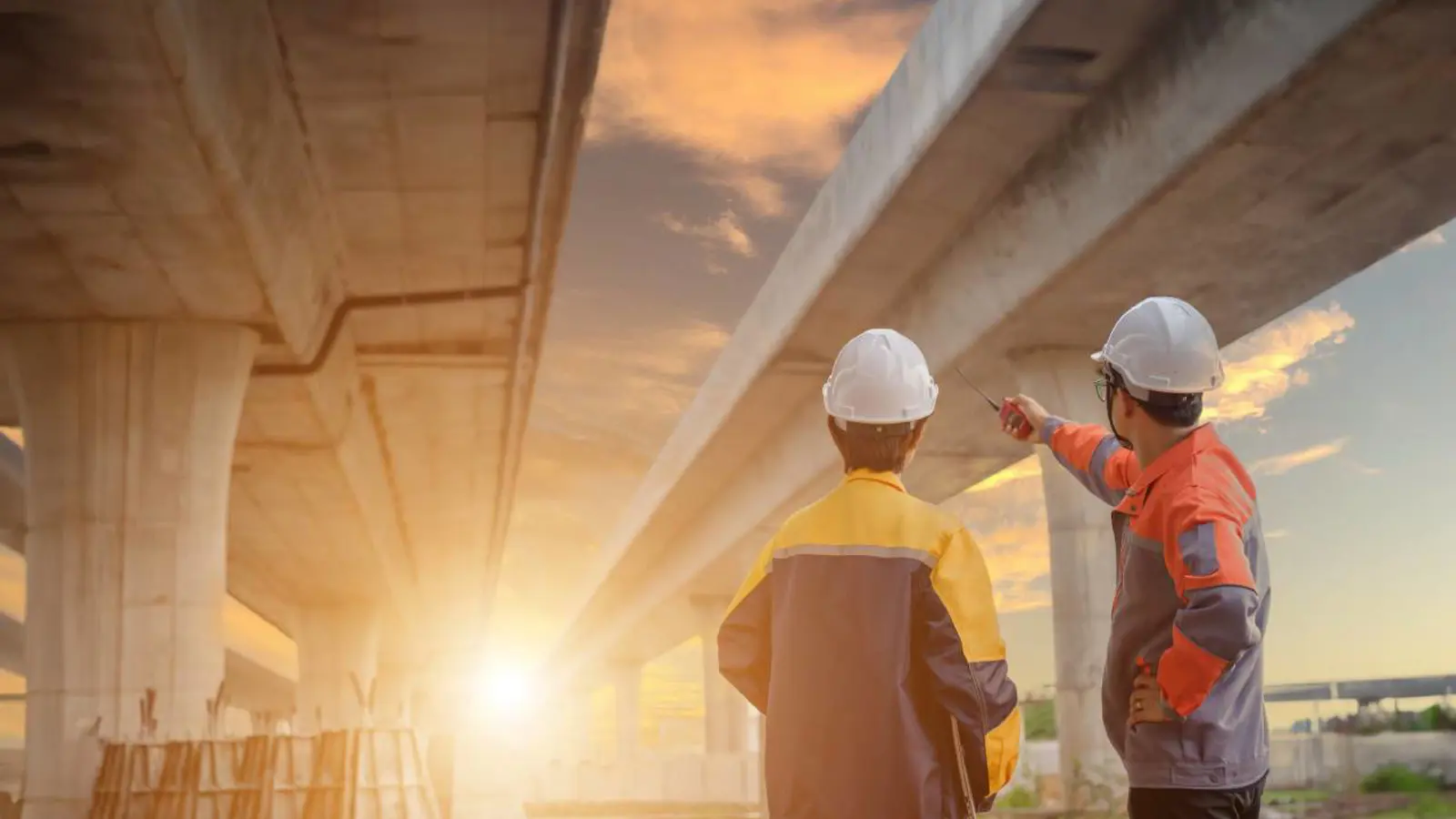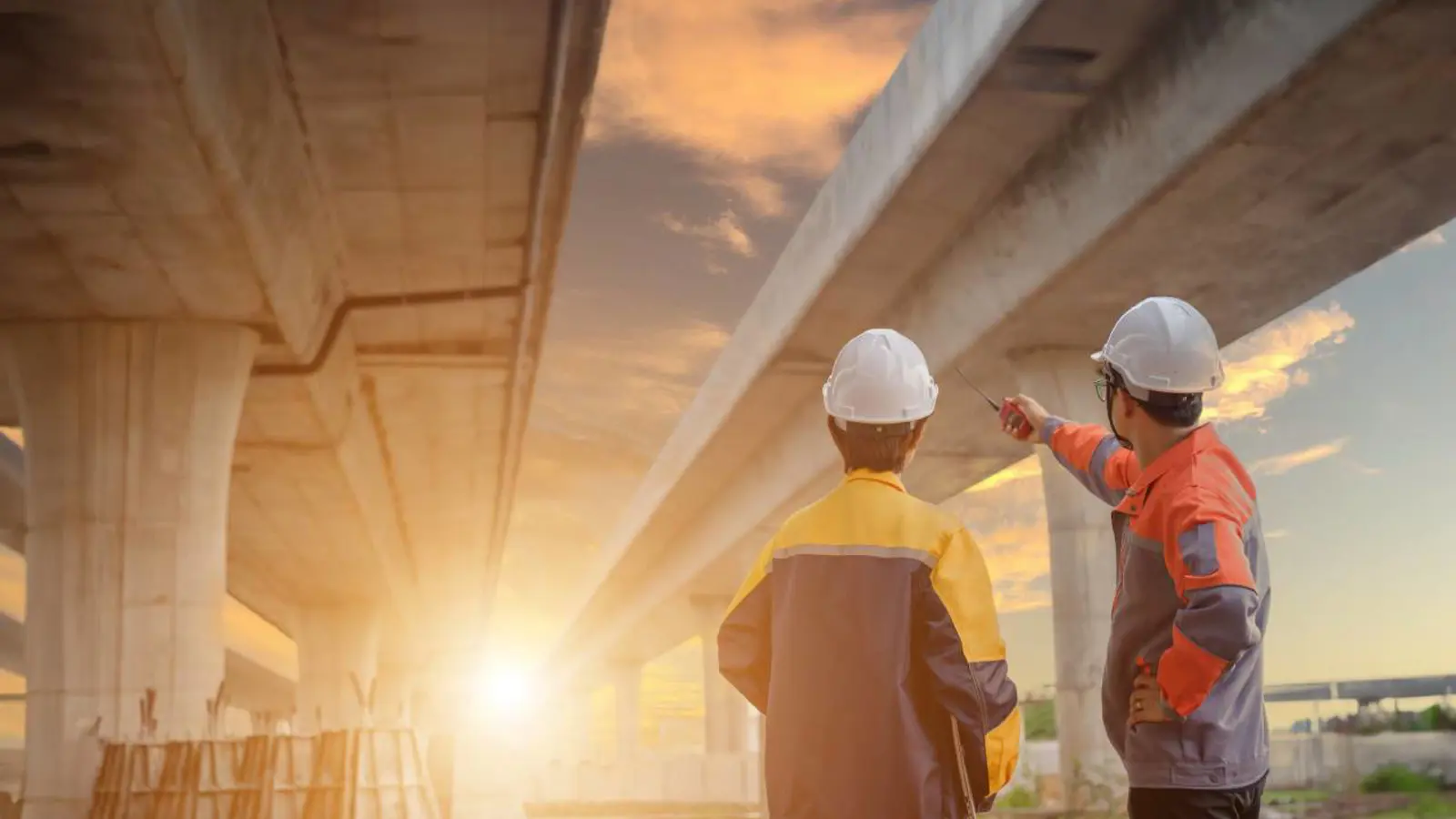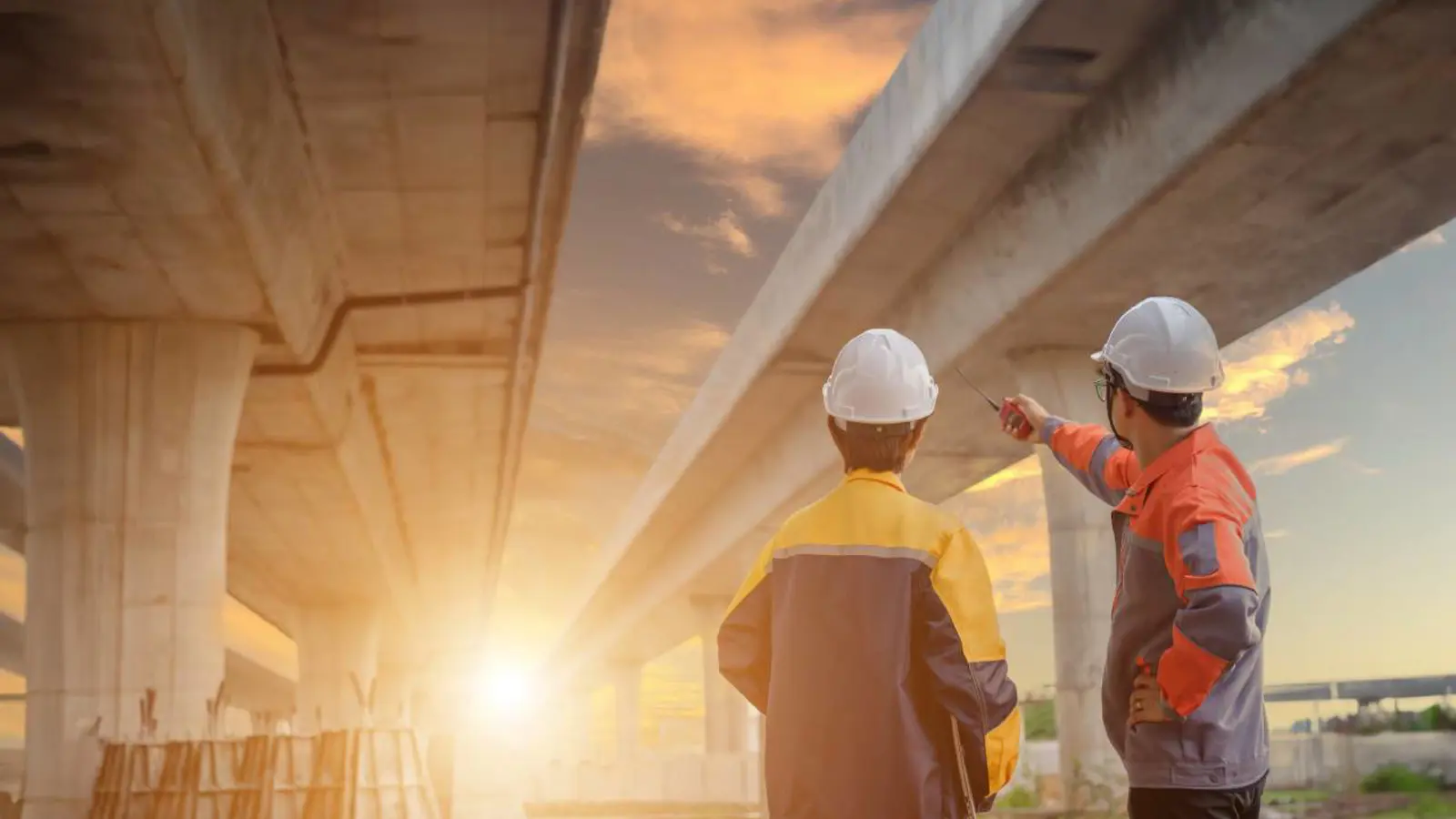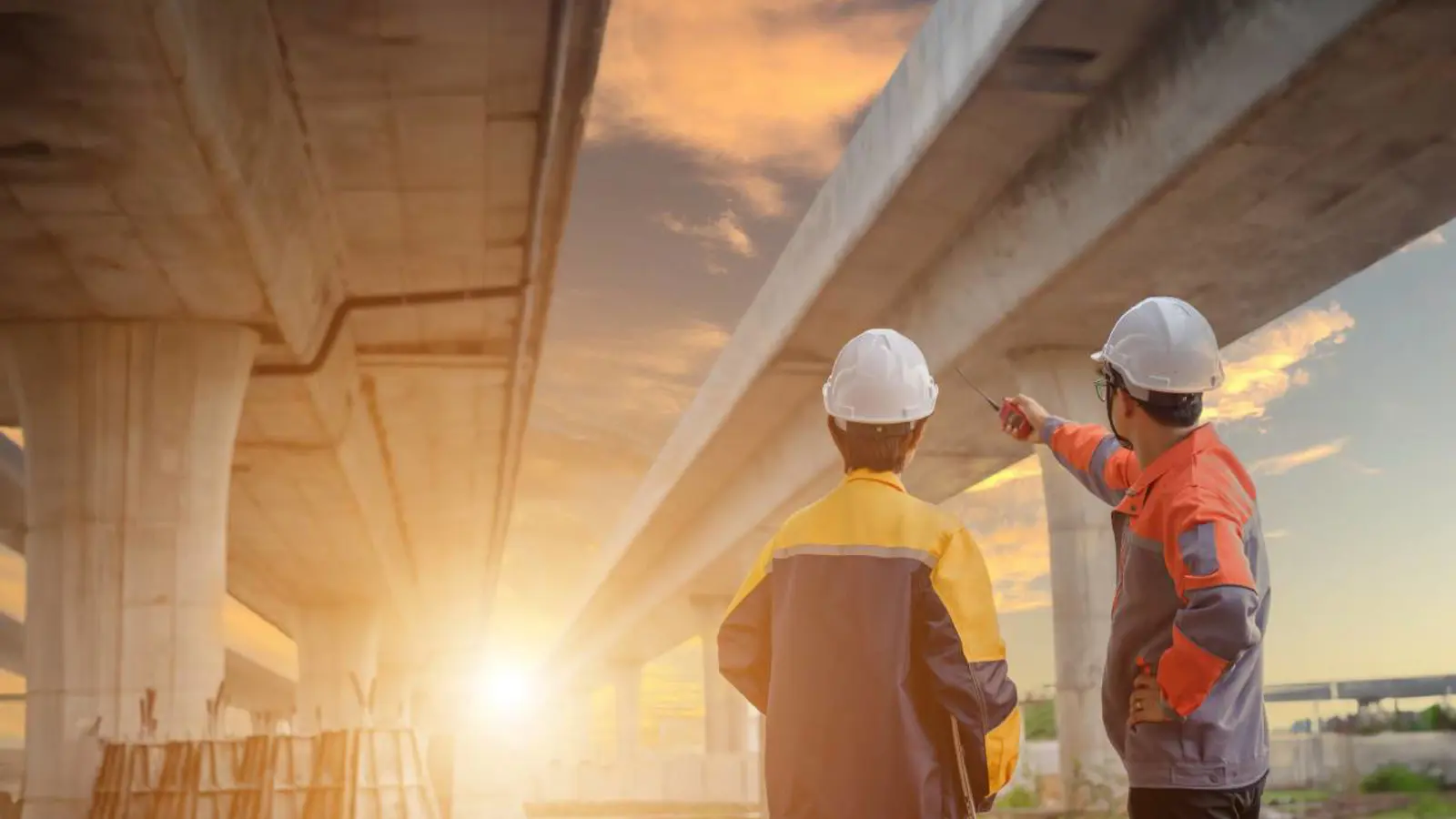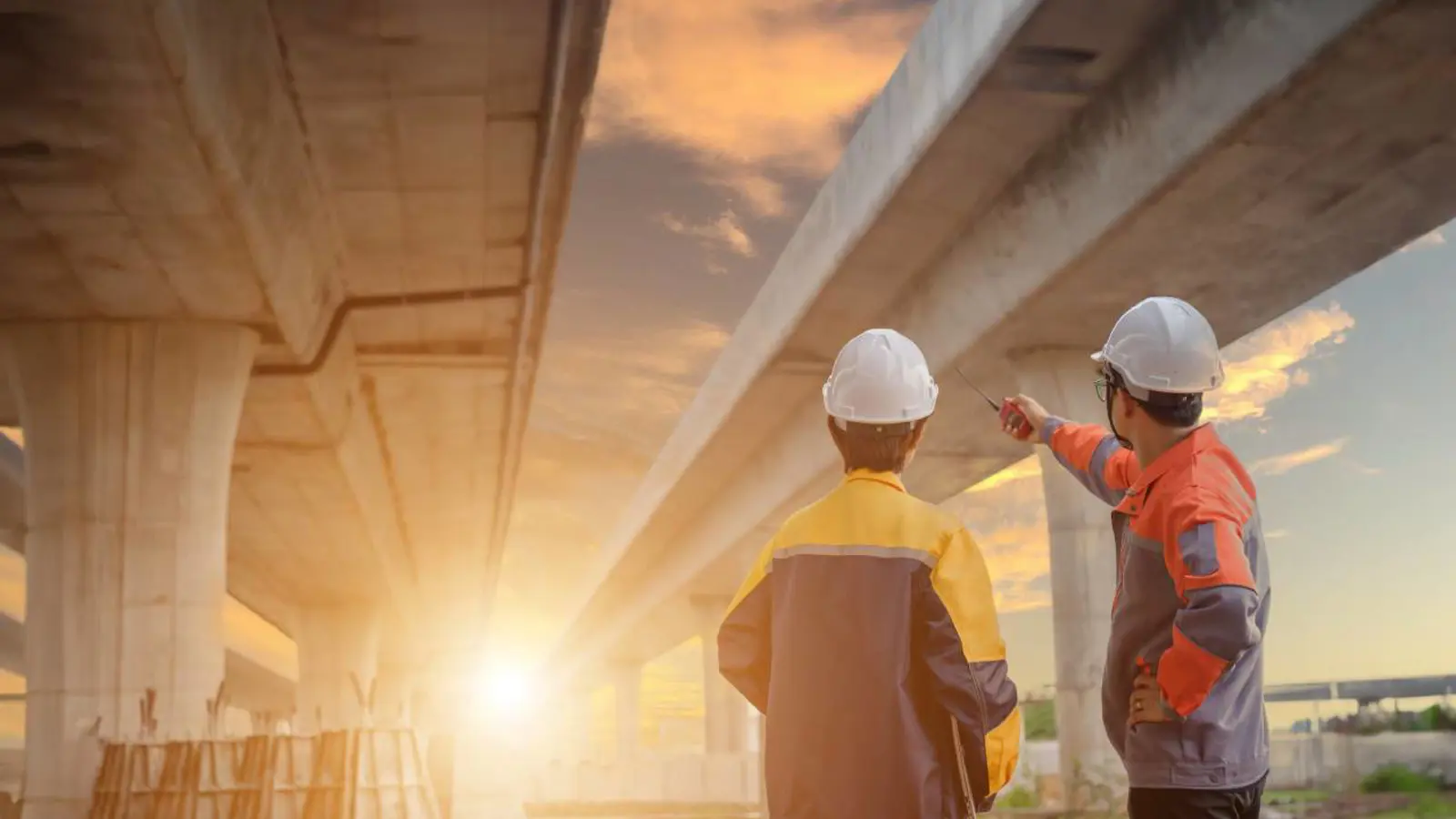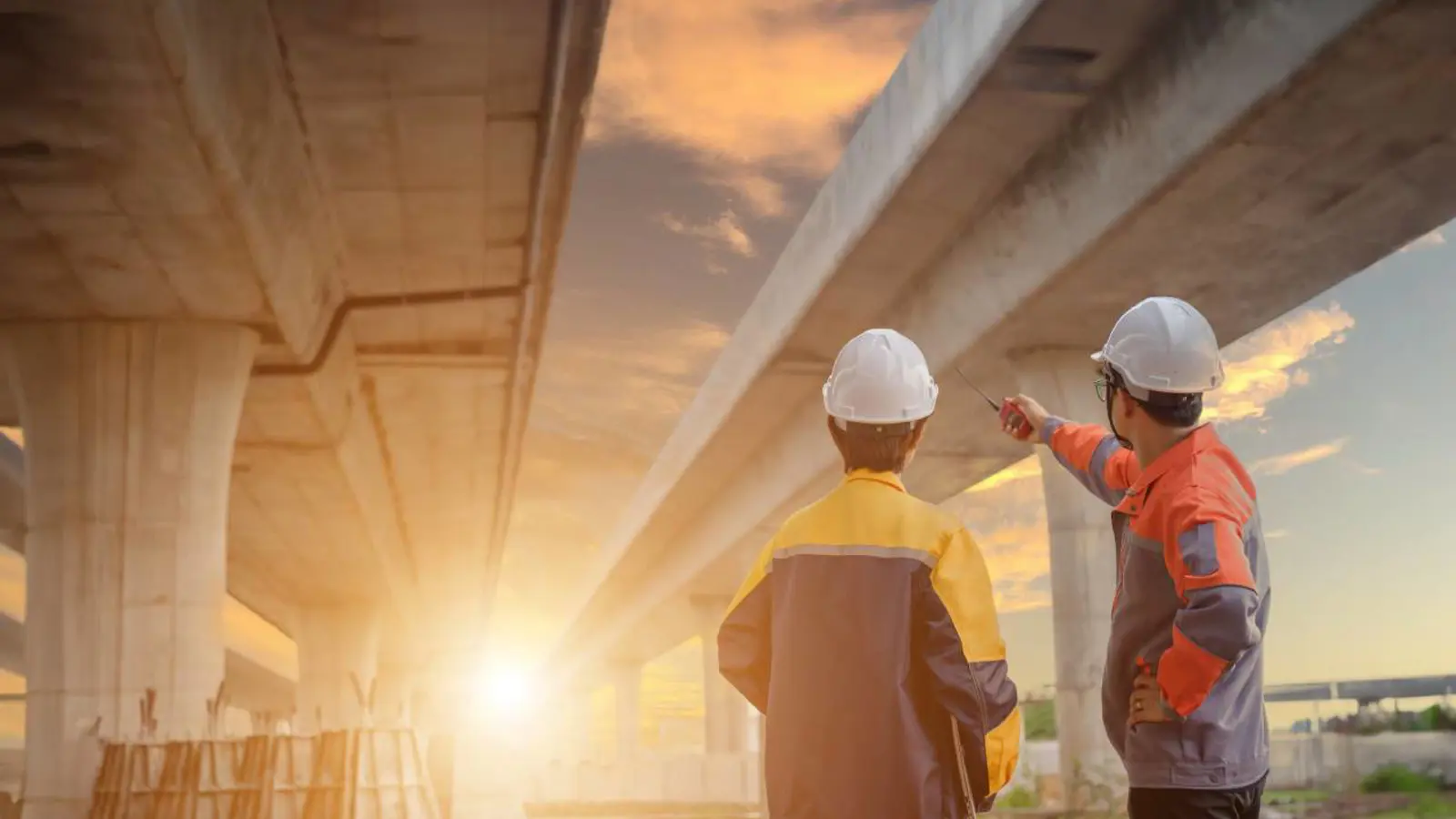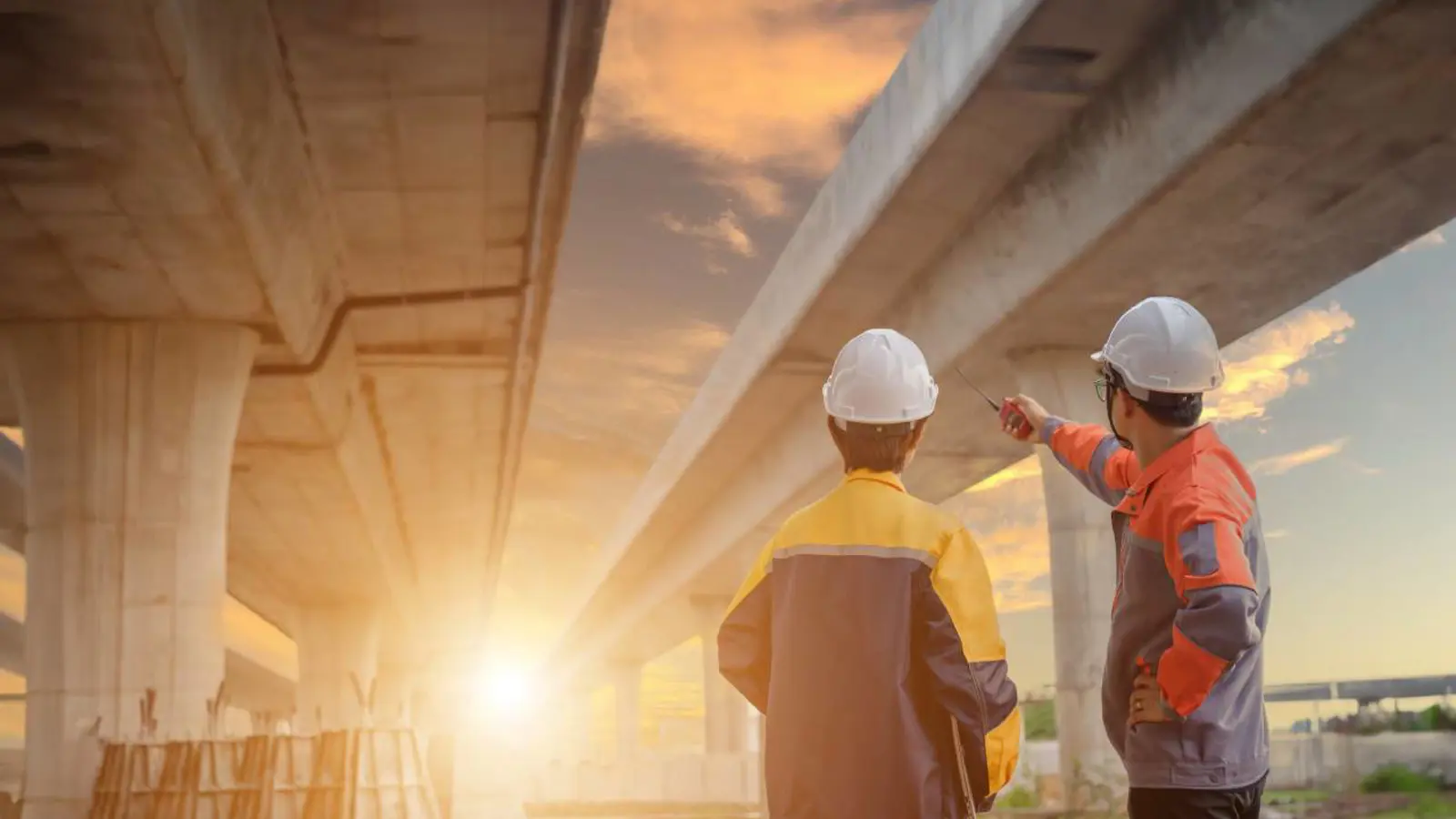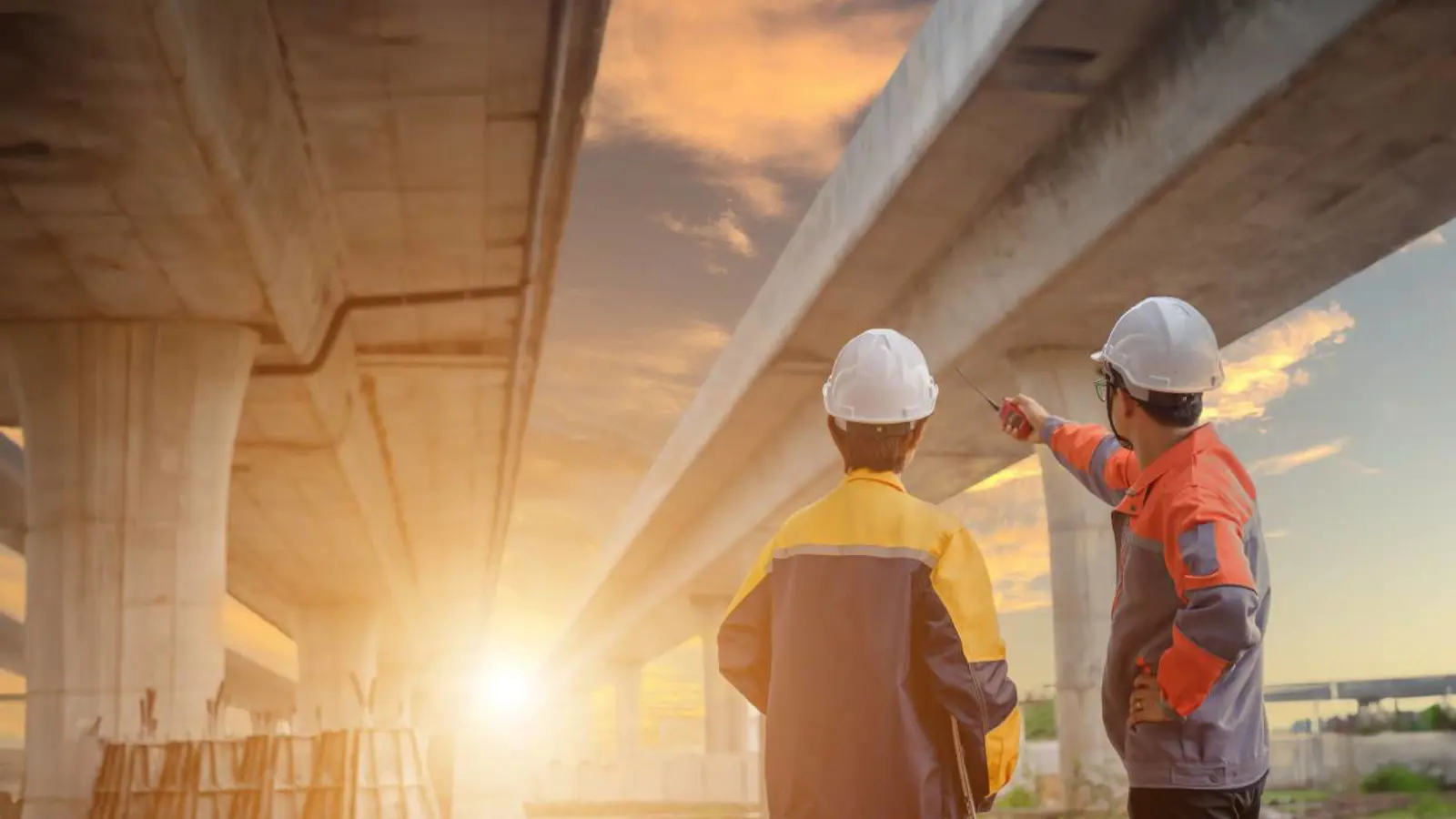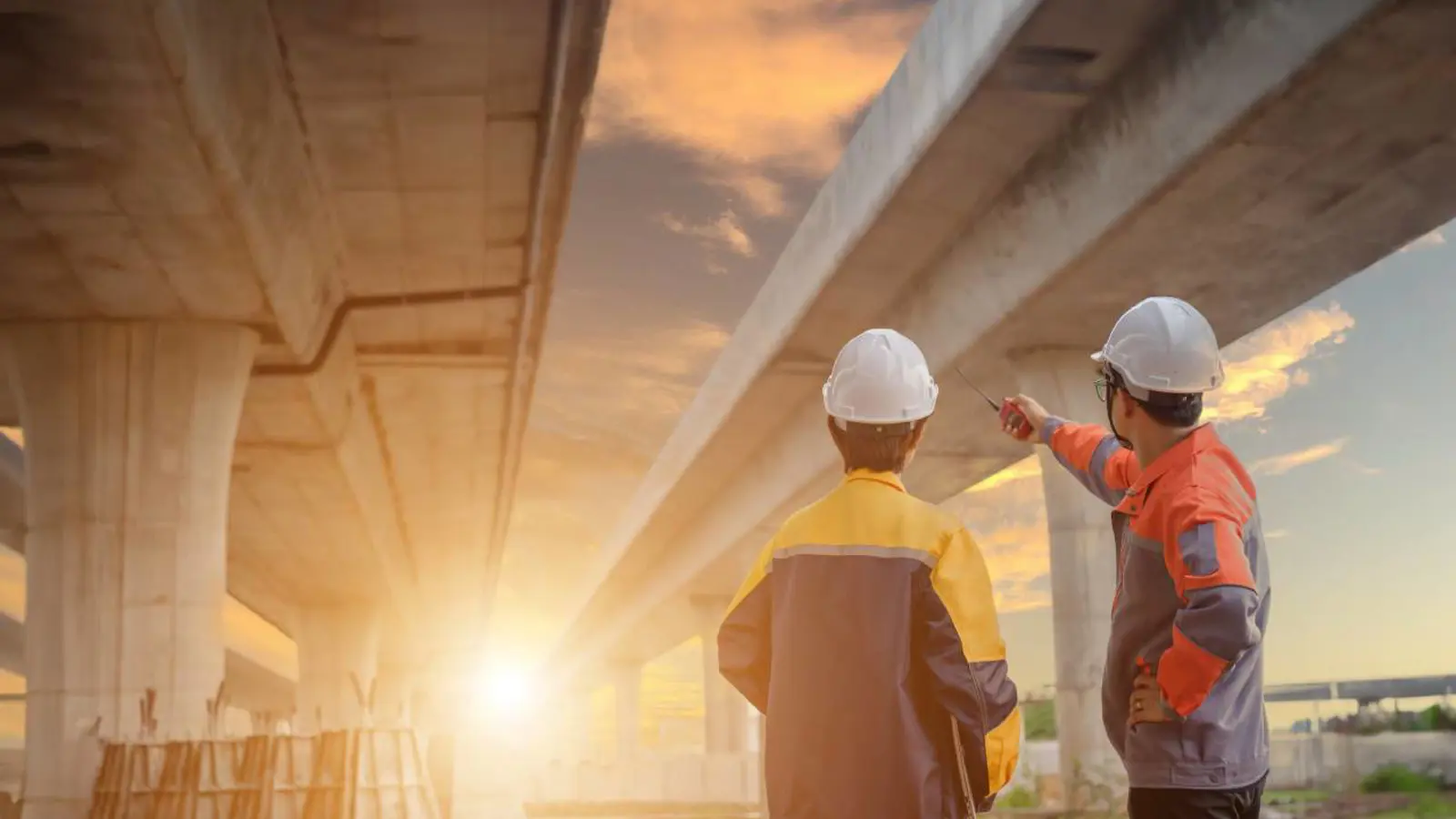Civil Engineering Underground Engineering Risks Insurance: A Complete Guide
Underground engineering projects represent some of the most complex and high-risk endeavours in the civil engineering sector. From tunnel construction and deep excavations to underground utilities and mining operations, these projects face unique challenges that demand specialized insurance coverage. Understanding underground engineering risks insurance is essential for contractors, project managers, and stakeholders involved in subterranean construction work.
Understanding Underground Engineering Risks
Underground engineering encompasses a wide range of activities including tunnel boring, shaft sinking, underground station construction, deep foundation work, and subsurface utility installation. These projects operate in an environment where visibility is limited, ground conditions can be unpredictable, and the potential for catastrophic failure is significant.
The inherent risks associated with underground work stem from several factors. Ground conditions can vary dramatically even within short distances, with unexpected water ingress, unstable soil, rock formations, and underground voids presenting constant challenges. The proximity to existing structures, utilities, and infrastructure means that any miscalculation can have far-reaching consequences beyond the immediate project site.
Key Risks in Underground Engineering Projects
Ground Movement and Subsidence
One of the most significant risks in underground engineering is ground movement. Excavation and tunnelling activities can cause settlement of surrounding soil, leading to subsidence that affects nearby buildings, roads, and infrastructure. Even minor ground movement can result in structural damage to adjacent properties, requiring extensive remedial work and compensation claims.
Water Ingress and Flooding
Underground projects frequently encounter groundwater, and managing water ingress is a constant challenge. Unexpected water flows can flood excavations, damage equipment, delay projects, and in severe cases, cause tunnel collapses. The interaction between excavation work and aquifers can also affect water supplies and cause environmental damage.
Structural Collapse
The risk of structural collapse in underground works is ever-present. Inadequate ground support, unexpected geological conditions, or equipment failure can lead to cave-ins, tunnel collapses, or shaft failures. Such incidents not only threaten worker safety but can also cause catastrophic damage to the project and surrounding area.
Damage to Existing Infrastructure
Underground engineering projects often take place in urban environments where existing utilities, foundations, and infrastructure are densely packed. Accidental damage to gas mains, electrical cables, water pipes, telecommunications networks, or building foundations can result in service disruptions, safety hazards, and substantial liability claims.
Equipment and Machinery Risks
Underground engineering relies on specialized and expensive equipment including tunnel boring machines, excavators, pumping systems, and ventilation equipment. This machinery operates in harsh conditions where breakdown, damage, or loss can halt projects and incur significant replacement costs.
Health and Safety Hazards
The underground environment presents unique health and safety challenges including confined spaces, poor air quality, risk of gas accumulation, limited escape routes, and the potential for equipment-related injuries. Ensuring worker safety requires rigorous protocols and comprehensive insurance protection.
What Underground Engineering Risks Insurance Covers
Specialized underground engineering risks insurance, often referred to as tunnelling insurance or underground works insurance, provides comprehensive protection tailored to the unique exposures of subterranean construction projects.
Material Damage Cover
This core element protects against physical damage to the underground works themselves, including tunnels, shafts, excavations, and associated structures. Coverage typically extends to damage caused by collapse, water ingress, fire, explosion, and other specified perils. The policy covers the cost of repairing or rebuilding damaged work, removing debris, and rectifying defects.
Third Party Liability Protection
Underground engineering insurance includes substantial third party liability coverage to protect against claims arising from project activities. This encompasses damage to adjacent properties, injury to third parties, and damage to existing infrastructure. Given the potential for widespread damage from underground work, liability limits are typically set at high levels.
Existing Structures Cover
Specialized cover for damage to existing structures is crucial for urban underground projects. This protection extends to buildings, roads, railways, bridges, and other infrastructure that may be affected by ground movement, vibration, or direct damage from excavation activities.
Delay in Start-Up Cover
Underground projects are particularly vulnerable to delays caused by unforeseen ground conditions, water ingress, or equipment failure. Delay in start-up coverage protects against the financial consequences of project delays, including loss of revenue, increased financing costs, and contractual penalties.
Professional Fees and Investigation Costs
When incidents occur, significant costs arise from employing engineers, surveyors, and other professionals to investigate causes, design remedial solutions, and oversee repairs. Insurance coverage typically includes these professional fees as part of the overall claim settlement.
Removal of Debris and Clearance
Following a collapse or major incident, substantial costs can arise from removing debris, clearing the site, and making the area safe. Underground engineering insurance covers these essential but expensive activities.
Factors Affecting Underground Engineering Insurance Premiums
Project Complexity and Depth
The deeper and more complex the underground work, the higher the insurance premium. Projects involving deep tunnels, multiple levels, or intricate underground structures present greater risks and require more comprehensive coverage.
Ground Conditions and Geological Survey Quality
Thorough ground investigation and geological surveys can help reduce insurance costs by providing insurers with confidence in the project planning. Projects with well-documented ground conditions and comprehensive risk assessments typically attract more favourable premiums.
Location and Surrounding Environment
Urban projects with dense surrounding infrastructure, historic buildings, or sensitive structures command higher premiums due to the increased third party liability exposure. Remote projects with minimal adjacent development may benefit from lower rates.
Construction Methods and Technology
The choice of construction method significantly impacts risk profiles. Modern mechanized tunnelling with tunnel boring machines may be viewed more favourably than traditional drill and blast methods. The use of ground freezing, grouting, or other ground improvement techniques can also influence premiums.
Contractor Experience and Track Record
Insurers place considerable weight on the experience and safety record of the principal contractor and key subcontractors. Firms with proven expertise in underground engineering and strong health and safety records can negotiate better terms.
Contract Value and Duration
Larger, longer-duration projects typically involve higher absolute premiums, though the rate per unit of value may decrease for very large projects. The project timeline affects exposure to various risks and influences premium calculations.
Essential Features of Comprehensive Underground Engineering Insurance
Adequate Sum Insured
Ensuring the sum insured is sufficient to cover the full reinstatement value of the works, plus debris removal and professional fees, is critical. Underinsurance can leave significant gaps in protection when major incidents occur.
Extended Maintenance Period Cover
Underground works often require extended maintenance periods after completion to monitor for settlement, water ingress, or other delayed manifestations of construction issues. Insurance should extend through this critical period.
Cross Liability Protection
On projects involving multiple contractors and parties, cross liability clauses ensure that each insured party is protected against claims from other insured parties, preventing gaps in coverage.
Advance Loss of Profits Cover
For projects with revenue-generating objectives, such as toll tunnels or underground transport systems, advance loss of profits coverage protects against loss of anticipated income due to delays or damage.
Waiver of Subrogation
Waiver of subrogation clauses prevent insurers from pursuing recovery actions against other project parties, facilitating collaborative working relationships and avoiding disputes that could derail projects.
Risk Management Best Practices
Comprehensive Ground Investigation
Investing in thorough ground investigation before commencing underground work is essential. Detailed geological surveys, trial excavations, and geotechnical analysis help identify potential hazards and inform construction methodology.
Robust Design and Engineering
Engaging experienced underground engineering specialists to design works with appropriate safety factors, support systems, and contingency measures reduces the likelihood of failures and demonstrates due diligence to insurers.
Monitoring and Instrumentation
Installing comprehensive monitoring systems to track ground movement, structural loads, water levels, and other critical parameters allows early detection of problems and enables proactive intervention before minor issues escalate.
Contractor Selection and Management
Selecting contractors with proven underground engineering expertise and implementing rigorous oversight throughout the project lifecycle is fundamental to risk control.
Emergency Response Planning
Developing and testing emergency response plans for scenarios including flooding, collapse, gas ingress, and worker rescue ensures rapid and effective action when incidents occur, minimizing consequences.
Regulatory Compliance and Insurance Requirements
Underground engineering projects must comply with extensive regulatory requirements including health and safety legislation, environmental protection laws, and building regulations. Many contracts and regulatory frameworks mandate specific insurance coverage levels and types.
The Construction Design and Management Regulations place duties on all parties involved in construction projects to manage health and safety risks. For underground works, this includes specific requirements for confined space working, excavation safety, and emergency procedures.
Environmental permits for underground work often require evidence of adequate insurance to cover potential environmental damage, including groundwater contamination, damage to protected habitats, or pollution incidents.
Making a Claim on Underground Engineering Insurance
When incidents occur, prompt notification to insurers is essential. Most policies require immediate notification of any event that could give rise to a claim, even if the full extent of damage is not yet known.
The claims process typically involves appointing loss adjusters and specialist engineers to investigate the incident, assess damage, and determine the cause. Policyholders should maintain detailed records of the incident, preserve evidence where possible, and cooperate fully with investigators.
Insurers will assess whether the damage falls within policy coverage, determine the quantum of loss, and arrange settlement. For complex underground engineering claims, this process can take considerable time as the full extent of damage and appropriate remedial measures are established.
Choosing the Right Insurance Provider
Not all insurers have the expertise or appetite to underwrite underground engineering risks. Selecting an insurer with specific experience in this specialized field is crucial. Specialist insurers understand the unique risks, can provide tailored coverage, and are better equipped to handle claims efficiently.
Working with insurance brokers who specialize in construction and engineering risks provides access to the most appropriate insurance markets and ensures coverage is properly structured for the specific project requirements.
The Cost of Inadequate Insurance
The consequences of inadequate underground engineering insurance can be catastrophic. A major tunnel collapse, significant third party damage, or extended project delay can result in losses running into tens or hundreds of millions of pounds. Without adequate insurance, such events can bankrupt contractors, leave clients exposed to massive liabilities, and result in incomplete projects.
Beyond direct financial losses, inadequate insurance can damage reputations, lead to litigation between project parties, and result in regulatory sanctions. The relatively modest cost of comprehensive insurance is insignificant compared to the potential consequences of being underinsured.
Conclusion
Underground engineering projects represent some of the most challenging and high-risk activities in the construction sector. The unique hazards associated with working below ground, the potential for widespread damage to surrounding infrastructure, and the complexity of modern underground construction demand specialized insurance protection.
Comprehensive underground engineering risks insurance provides essential financial protection against material damage, third party liability, delays, and the myriad other risks inherent in subterranean construction. By understanding the coverage available, the factors affecting premiums, and the importance of robust risk management, project stakeholders can ensure adequate protection for their underground engineering ventures.
Investing in appropriate insurance, combined with thorough planning, experienced contractors, and rigorous risk management, enables underground engineering projects to proceed with confidence, knowing that financial protection is in place should the unexpected occur. For contractors, clients, and all parties involved in underground construction, specialized underground engineering risks insurance is not merely advisable but essential for responsible project delivery.
Meta Description: Comprehensive guide to civil engineering underground engineering risks insurance covering tunnelling, excavation risks, liability protection, claims, and essential coverage for subterranean construction projects.


 0330 127 2333
0330 127 2333

